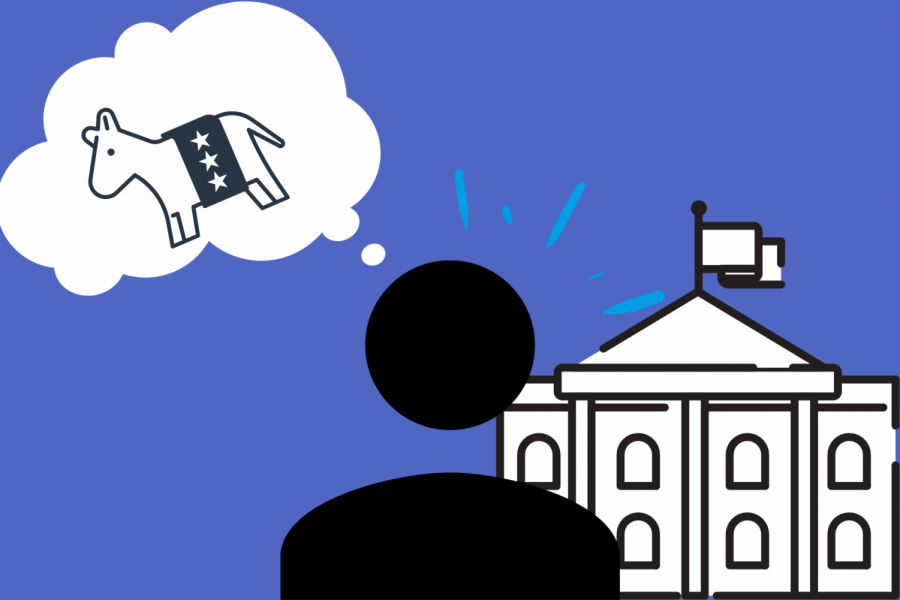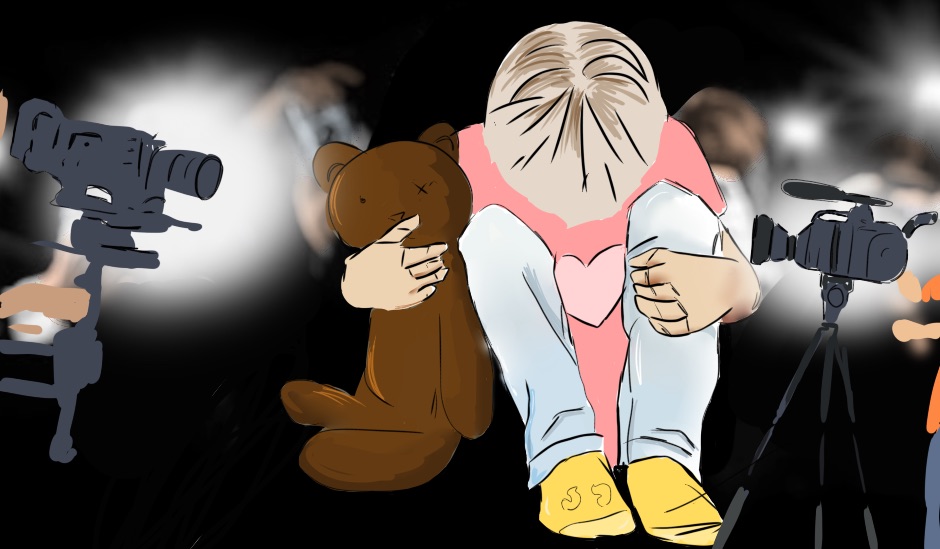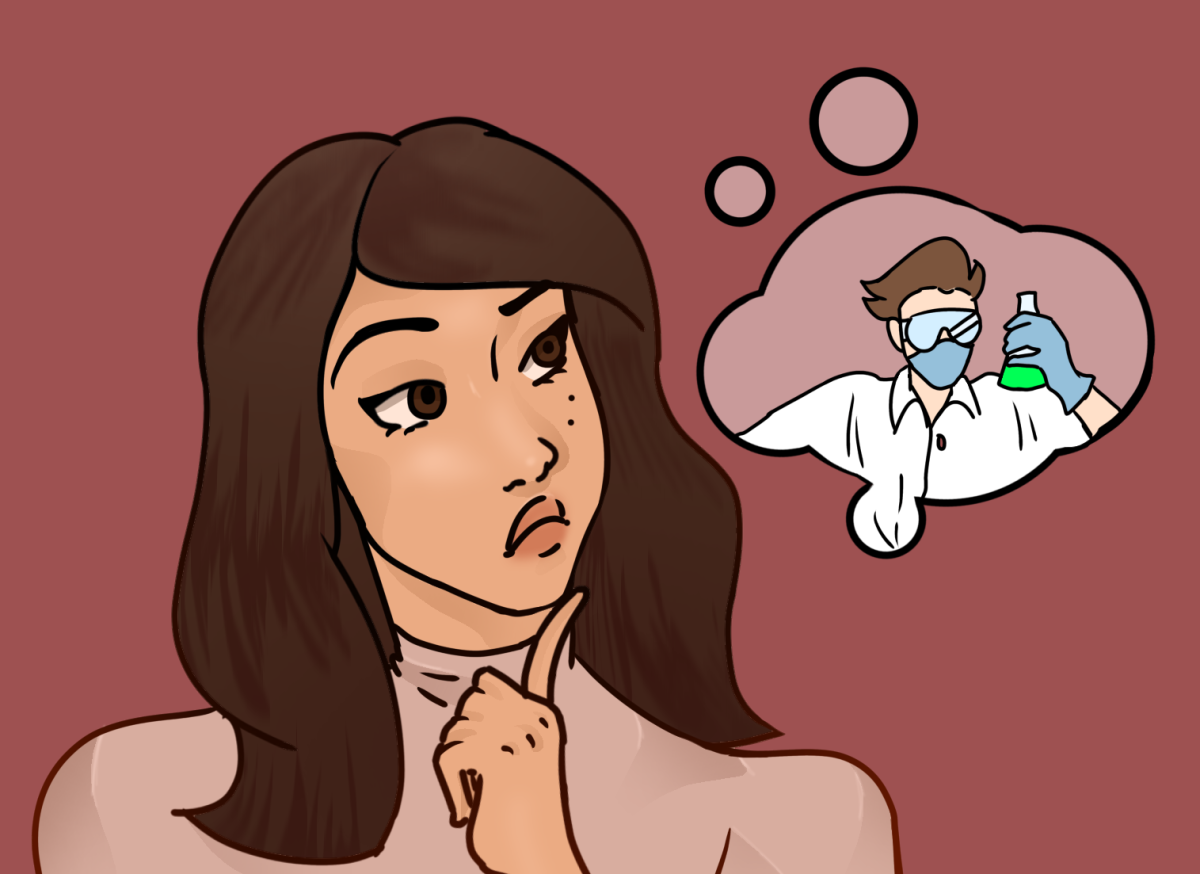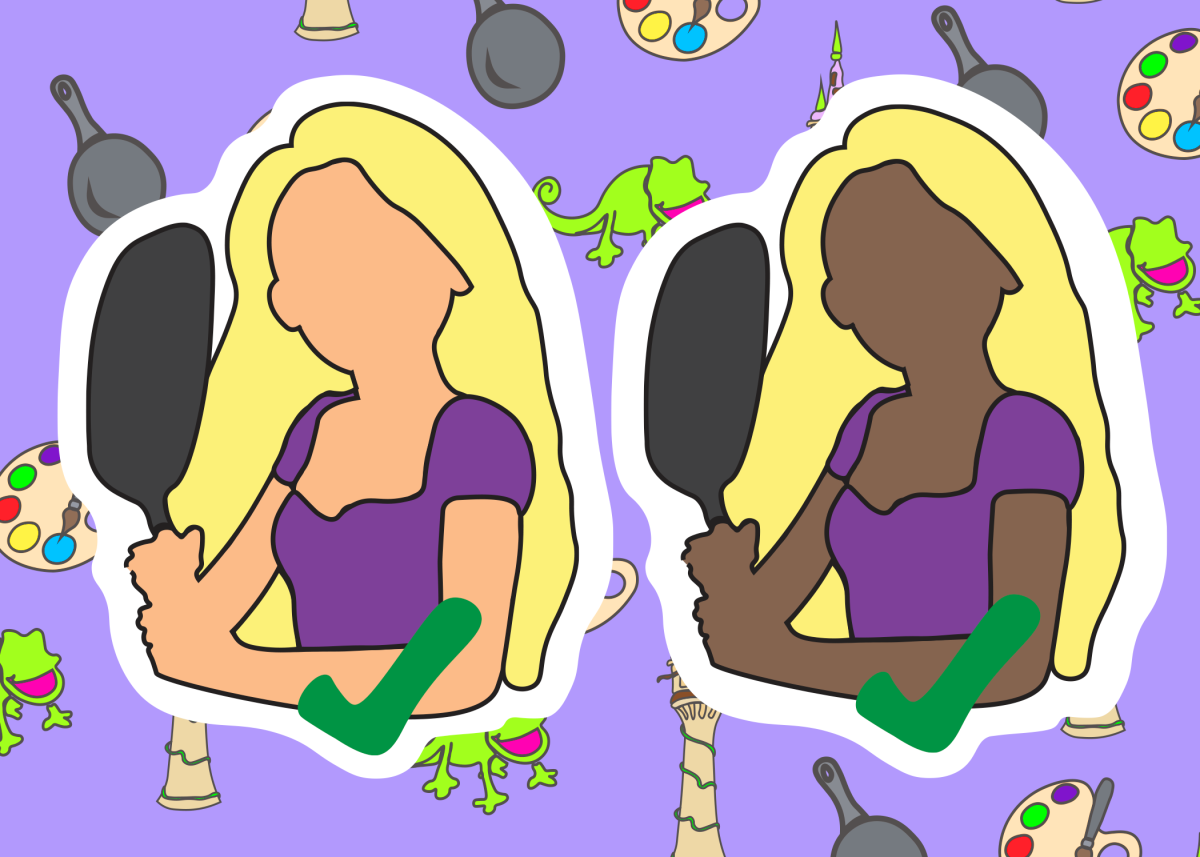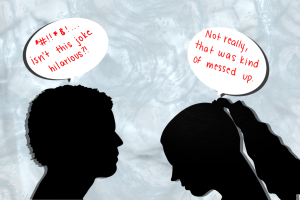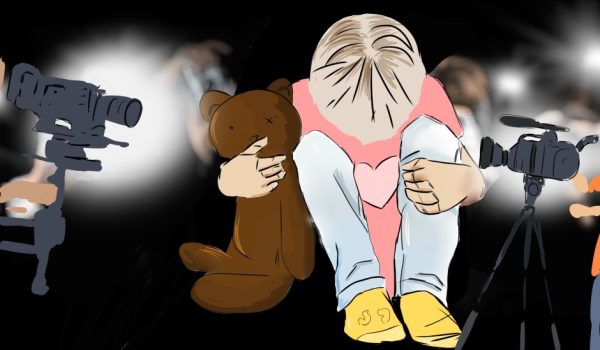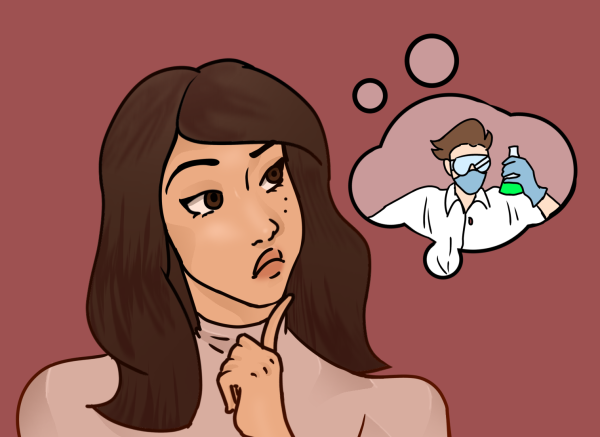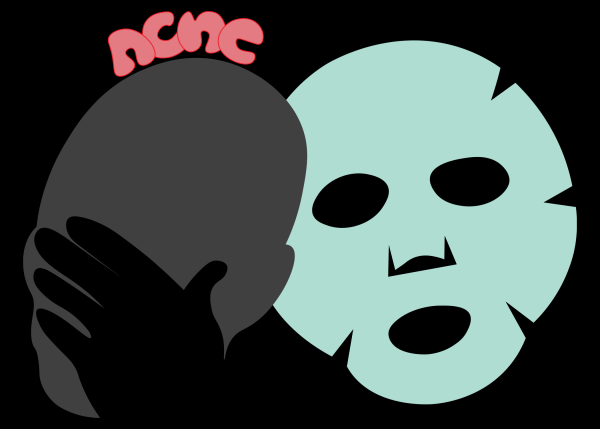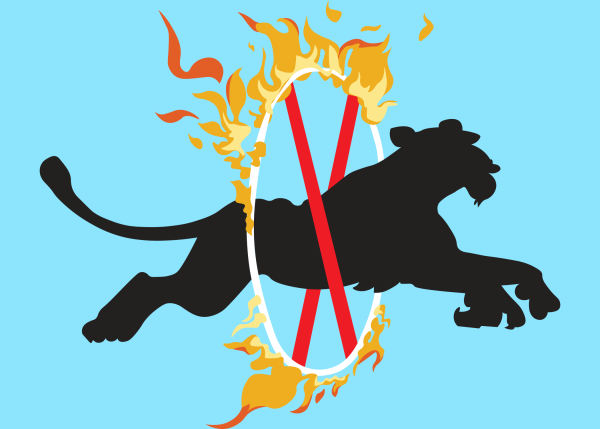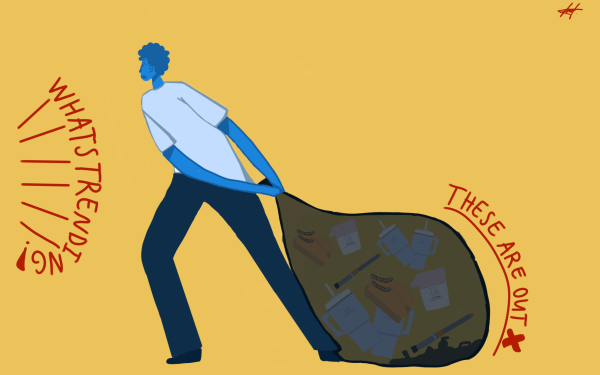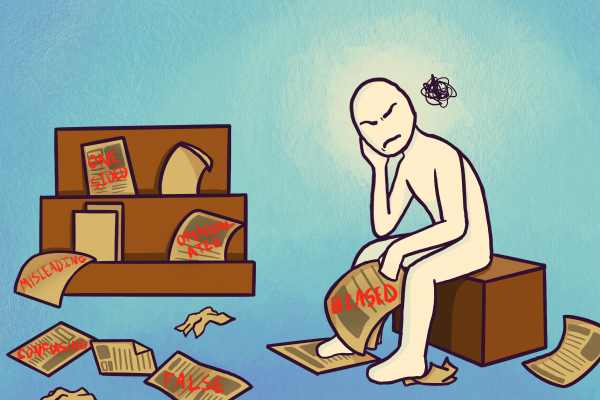[Opinion] Left-wing ideology is becoming more mainstream
In recent years, Americans have become more open to a variety of left-wing beliefs and policies. Graphic by Hannah Kang
April 16, 2021
In recent years, American beliefs and policies have shifted leftward on a variety of cultural, social and economic issues.
In the last primary election, candidates proposed a number of progressive policies that were never under consideration in the prior presidential election. These include, but are not limited to, decriminalizing border crossings, levying higher taxes on the wealthy and offering reparations to descendants of enslaved men and women.
The extremely left-wing proposals from presidential candidates like Bernie Sanders and Elizabeth Warren reflect America’s changing positions and new-found openness toward left-wing ideas.
From the Black Lives Matter movement to the COVID-19 pandemic, it does not take much analysis to see that the events of this past year will have a continuing impact on the direction of politics in our country.
Rampant health care concerns and social injustices have caused a notable rise in those who are more open to left-wing ideas. Individuals concerned with the well-being of Black people in the United States, as well as accessible healthcare in the midst of the pandemic, have had no choice but to adopt more left-leaning beliefs.
Left-wing politics focuses on social equality and egalitarianism, with a concern for those in society who seem to be disadvantaged in comparison to others, leading to unequal treatment. With last year’s nationwide protests against persistent police brutality towards the Black community bringing an unprecedented level of awareness to the topic, these left-wing ideas of equality have reached a larger audience.
According to The General Social Survey, “the share of Democrats who think the government has a special obligation to help improve black people’s standard of living due to past discrimination increased by over 20 percentage points between 1986 and 2018.”
Perspectives have changed dramatically, especially among the younger generation who mainly receive their information through social media and witness firsthand video and picture accounts of inequality. With social media feeds plastered with “#BlackLivesMatter” and “#blackouttuesday” (a trend in which individuals would post a black square in solidarity and protest of racial injustice), the 21st century has become one of activism. I have even witnessed several of my friends, who label themselves as right-wing, post in support of the BLM movement, and other left-wing positions.
To further this social equality, left-wing ideology includes the belief that health care is an equal right for all people. As the COVID-19 pandemic affects the globe, the right to equal healthcare is being prioritized more than ever.
While some may be single-policy voters, who only vote for the issues that affect them, the pandemic has made the need for programs such as Medicare, Medicaid, universal healthcare, social security, food stamps and unemployment benefits everyone’s issue.
Another example of the rise in left-wing views is the increasing rejection of capitalism.
According to a Harvard University Survey, “51 percent of American youth aged 18 to 29 no longer support capitalism. Only 42 percent said they back it, while just 19 percent were willing to call themselves ‘capitalists.’”
The leftist ideology all boils down to its main focus: equality for all. This is why left-leaning people have rejected capitalism and its concentration of wealth and power in the hands of a small number of people.
With this, many millennials have started to express their support for socialism instead. According to a 2019 YouGov poll, 70 percent of millennials now say they would vote for a socialist.
What they now demand with socialism is that ordinary working people get their fair share of the wealth. While there have been many aspects leading up to this leftward sway in politics, the most recent is the termination of President Donald Trump’s time in office.
In a survey administered by The Brookings Institution, experts ranked Trump as the most polarizing of all 45 presidents. This means that through his rhetoric and policies, he has divided Republicans and Democrats into two sharply contrasting groups who hold varying sets of opinions or beliefs.
This polarization led to a lack of tolerance for differing opinions, including violent reactions to the beliefs of the opposite party. One of the most significant instances was a lethal insurrection at the nation’s Capitol on Jan. 6, led by a group of Trump supporters in an attempt to stop Congress from validating Democrat Joe Biden’s presidential win.
The storming of the U.S. Capitol caused many Americans to feel forced to choose a side: left-wing or right-wing. With the end of a four-year reign of tormenting polarization inflicted by the Trump administration, it is fair to say that the Biden administration has further encouraged the spread of left-wing ideas in America.

